Results
-
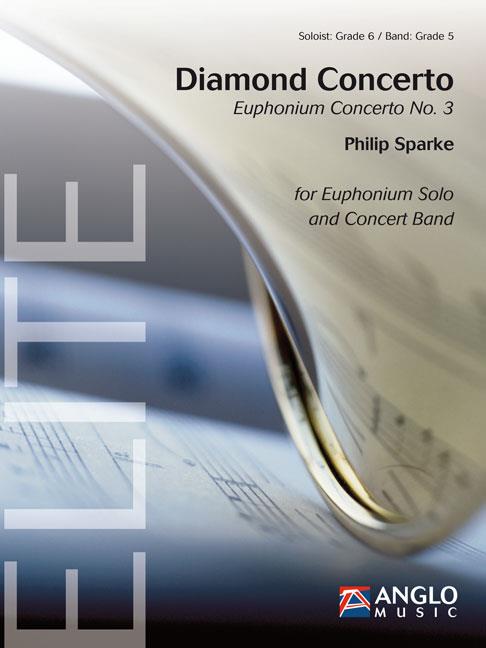 £209.99
£209.99Diamond Concerto (Euphonium Concerto No.3) (Euphonium Solo with Concert Band - Score and Parts) - Sparke, Philip
Diamond Concerto was commissioned by Musikverein Morschied from Germany - Dr. Eric Grandjean, conductor - for a special concert featuring Steven Mead as guest soloist. Together they gave the world premiere on 28th April 2012 in the town theatre of Idar-Oberstein. The commission is a highlight in the 30-year friendship between composer and soloist, which has included many mutual CD projects and concerts and, now, a concerto. Sparke had Steven Mead's special euphonium sound in his head throughout the composition process and made free use of the variety of styles which the world-renowned virtuoso has made his own during his highly successful solo career.The village of Morschied lies to the west of Frankfurt am Main in the area known as the German Road of Precious Stones, which is famous for its thriving gem industry. Because of this it was decided to give the commission a local connection by choosing the title, Diamond Concerto. Each of the three movements is named after a famous diamond:Earth Star is rather stern in mood, opening with a free fantasy for the soloist over a static chord from the band. This leads to an Allegro Moderato in minor mode where small motives are gradually repeated and developed by both band and soloist.Ocean Dream uses a varied quote from the composer's Music for Battle Creek, including a melting slow melody that was originally written with Steven Mead in mind.Blue Heart was written, at Steven Mead's suggestion, in bebop style and takes the form of a jazz waltz. The quasi-improvisatory central section features a call-and-response passage for the soloist and upper woodwinds.Duration: 15:45
Estimated dispatch 7-14 working days
-
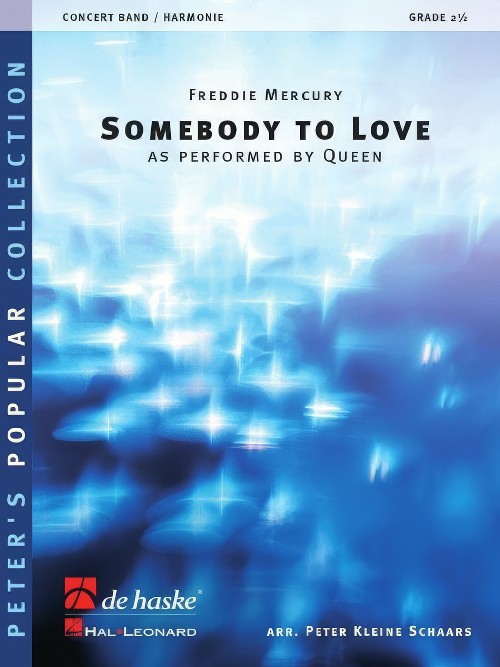 £84.99
£84.99Somebody to Love (Concert Band - Score and Parts) - Mercury, Freddie - Schaars, Peter Kleine
Somebody to Love, from rock legends Queen, is one of the most popular rock ballads of all time. Taking its inspiration from gospel choirs, the band's vocal lines were multiplied many times over to create a full choral sound. This layered effect has been carefully preserved in Peter Kleine Schaars' powerful arrangement for concert band.Duration: 4.00
Estimated dispatch 7-14 working days
-
 £54.99
£54.99Hey Jude (Concert Band - Score and Parts) - Lennon & McCartney - Longfield, Robert
Recorded by the Beatles in 1968, this classic ballad has remained popular through the years. This arrangement for young players opens with a trumpet solo followed by a statement in the woodwinds. The lower voices then get a chance at the melody before the full band takes over on the familiar chorus. Sure to be a favourite with your audience as well as your students.
Estimated dispatch 7-14 working days
-
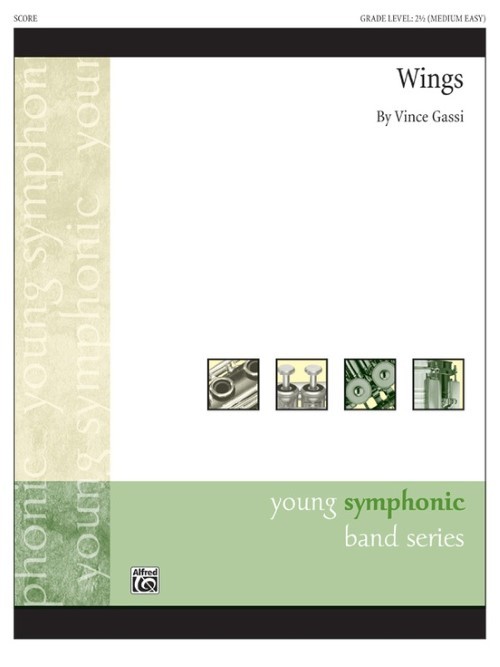 £53.95
£53.95Wings (Concert Band - Score and Parts) - Gassi, Vince
The men and women of the Royal Canadian Air Force are the inspiration behind this original composition by Vince Gassi. The first work in his Armed Forces Suite, it takes off with a bright, spirited theme first heard in the flutes. The rest of the ensemble soon joins in the maneuvers and offers a fuller tactical report. Clarinets take over with dignity, providing a lyrical contrast, and are supported by a stately accompaniment. It isn't long before we start to feel the "spirit of adventure" building to a contrasting section conveying images of stealth and intrigue. Covert operations lead finally to a restatement of the opening theme by the brass with flute and clarinet obligato. Interlace with fragments from the covert section and we are carried to a soaring conclusion. If you are looking for a spirited concert opener or closer, look no further!Duration: 3:15
Estimated dispatch 7-14 working days
-
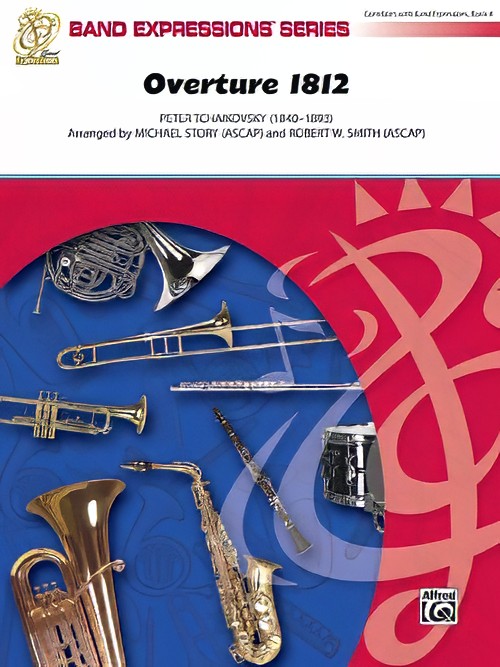 £58.50
£58.50Overture 1812 (Concert Band - Score and Parts) - Tchaikovsky, Peter Ilyich - Smith & Story
Tchaikovsky's "Overture 1812" is one of the most widely recognisable works in all of music. A bold musical statement, it was composed in 1880 to commemorate the Russian victory over Napoleon's army in 1812. The characteristic melody builds to a dramatic punctuated conclusion. Stunning!Duration: 2:00
Estimated dispatch 7-14 working days
-
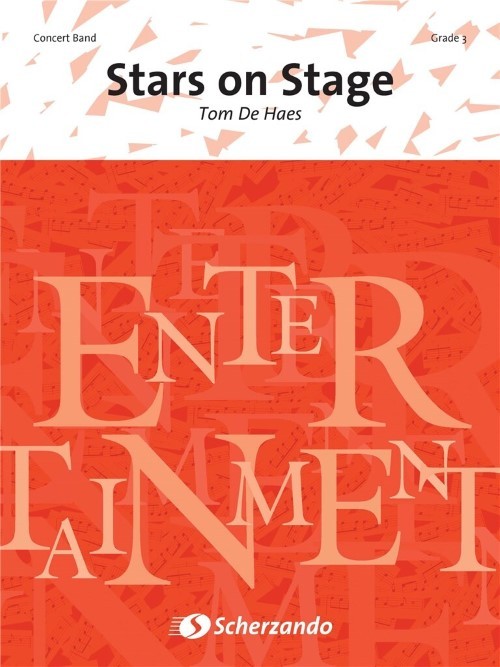 £102.99
£102.99Stars on Stage (Concert Band - Score and Parts) - De Haes, Tom
Stars on Stage is a cheerful piece that showcases each and every instrumental group. Featuring passages in which beginner players are able to play simple notated solos whilst the more advanced player is able to improvise over chord progressions, this piece is sure to make every performer feel like a star on stage!Duration: 4:30
Estimated dispatch 7-14 working days
-
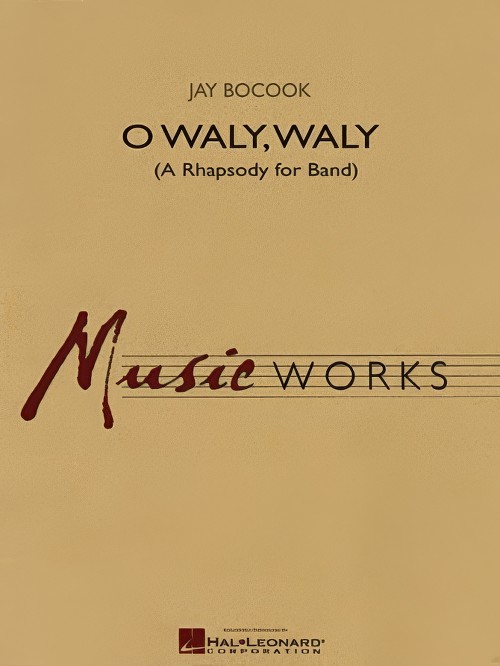 £79.99
£79.99O Waly Waly (A Rhapsody for Band) (Concert Band - Score and Parts) - Bocook, Jay
Dating from the 1600's, the folk song O Waly, Waly (commonly known as The Water is Wide) forms the basis for this well-crafted rhapsody for band. The lyrical opening section features solos on flute and euphonium, as a four-note motif common to this song and also "Carolina" (South Carolina's official song) is developed. This motif unifies the entire work. A Celtic flavoured Allegro takes over using this fragment, which leads ultimately to a grand Maestoso section for the entire ensemble. A creative and dynamic work!Duration: 5:00
Estimated dispatch 7-14 working days
-
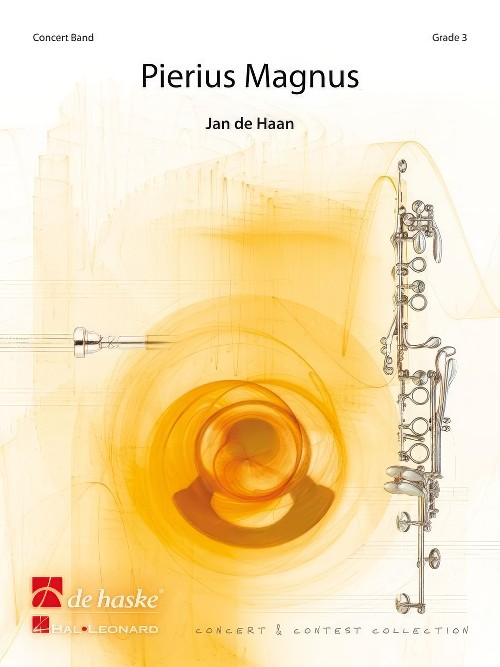 £144.99
£144.99Pierius Magnus (Concert Band - Score and Parts) - De Haan, Jan
Pierius Magnus is a historical figure from the Friesland area of Holland. He was a farmer who became a resistance fighter against Dutch oppressors in around 1500. Whether Magnus was a hero or barbarian is still debatable, but composer Jan de Haan was fascinated by the exciting story and let it fuel his imagination. The protagonist is introduced with a capricious theme which is followed by "De Arumer Swarte Heap," the troops who took to the battlefields against the Dutch. An eerie calm takes over moments before Pier and his troops let their battle cries sound. The work ends as the disillusioned Pier retreats. A concert work overflowing with excitement!Duration: 9:00
Estimated dispatch 7-14 working days
-
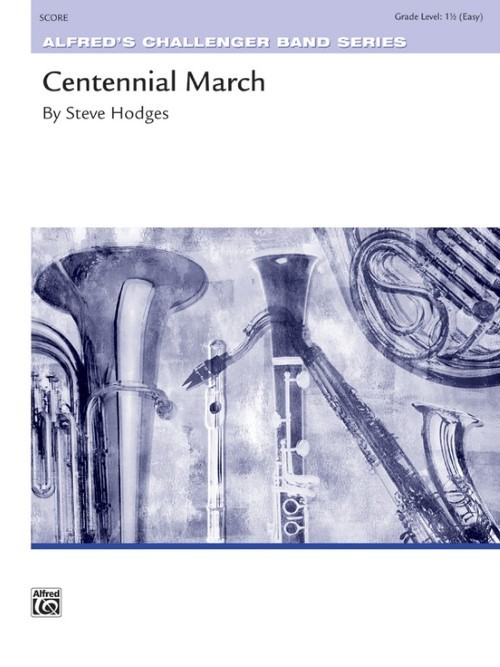 £46.95
£46.95Centennial March (Concert Band - Score and Parts) - Hodges, Steve
This uplifting march begins with the clarinets presenting the melody over a single snare drum accompaniment. The textures increase as the melody is developed, leading to a heavier minor section featuring strong lines by the low brass and woodwinds. A modified "roll-off" by the percussion section leads to a seamless modulation and the final presentation of the melody. A dynamic augmentation of the melody brings the march to a stirring conclusion.Duration: 2.45
Estimated dispatch 7-14 working days
-
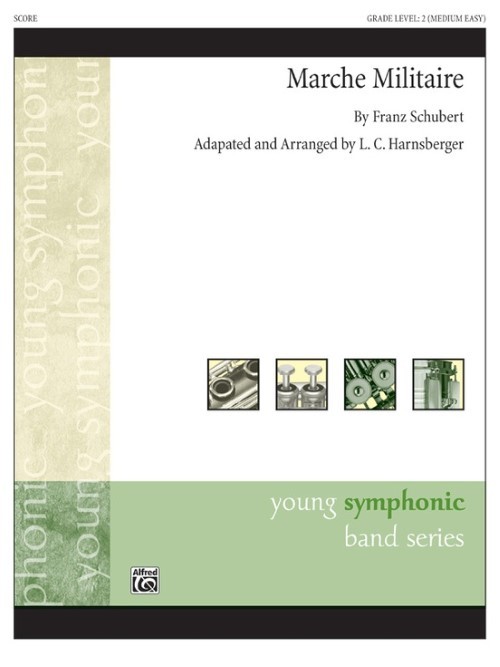 £52.95
£52.95Marche Militaire (Concert Band - Score and Parts) - Schubert, Franz - Harnsberger, L. C.
One of the most familiar and popular marches ever written is Franz Schubert's Military March No.1. Schubert (1797--1828) was one of the most prolific composers of all time, having written symphonies, chamber music, piano works, and over 600 songs, yet he only lived to the age of 32. The march was originally written for piano four-hands, however, this arrangement for young band sounds as if it was first written for military band. Woodwinds, brass, and percussion all shine with fun and interesting parts that work well together. This arrangement is perfect for an opener or closer to any concert.Duration: 2.15
Estimated dispatch 7-14 working days
